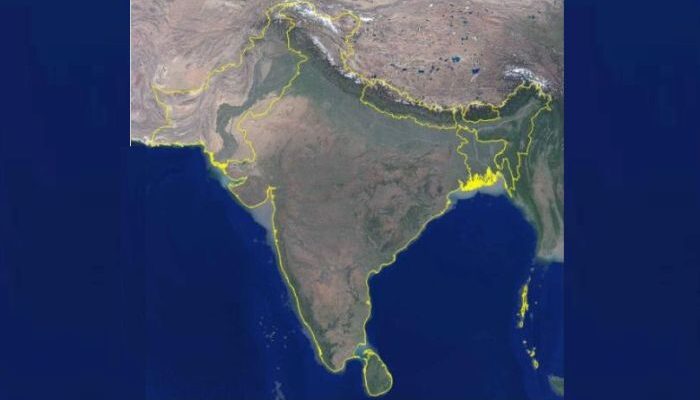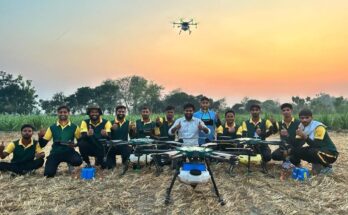ICRISAT scientists in collaboration with the Asian Development Bank (ADB) have developed high-resolution spatial maps that enable cropland mapping for insurance claims and agriculture policy decision-making on targeting regenerative agriculture (RA).
“Agricultural insurance is becoming one of the fastest-growing markets globally. For farmers to cope with crop loss, stabilising farm incomes through insurance payoffs can help reduce poverty. Spatial mapping is a quicker and more efficient tool for guiding agriculture policymakers to minimise climate risks,” said Dr Arvind Kumar, Deputy Director General-Research, at International Crops Research Institute for the Semi-Arid Tropics (ICRISAT).
Physical ground surveys are laborious and often require an army of surveyors to validate the effects of floods and drought. ICRISAT scientists in collaboration with the ADB developed spatial maps for South Asia to assess croplands, crop type and crop intensity data. South Asia accounts for 1.9 billion people, constituting almost 25 per cent of the world’s population, 87 per cent of which are smallholder farmers.
You may also like to read: India’s agritech industry holds the key to resolve the global food crisis
Insurance companies and government agencies require high-quality satellite imagery to monitor and map floods/droughts and other climatic conditions to make the claims process more accurate and efficient.
“In addition to crop insurance, spatial maps can also be used as potential tools to target regenerative agriculture. Crop type mapping can also better guide where and in what systems regenerative agriculture can be deployed,” said Dr ML Jat, Research Program Director, Resilient Farm and Food Systems, ICRISAT.
Higher-resolution spatial maps
To this end, ICRISAT scientists have produced three distinct high-resolution spatial maps for South Asia with a spatial resolution of 30 m, which is much higher to get finer details of cropland for food and water security assessments. Currently, these factors are evaluated using mainly coarse-resolution (250–1000 m) remote sensing data.
You may also like to read: Enabling climate-resilient agriculture with agritech
“The high spatial resolution data would enable cropland assessment, modelling, mapping, and monitoring for South Asia, which is home to nearly two billion people and 230 million hectares of net cropland area. Subsequently, the data would help generate various development models for accurate monitoring and decision-making for the entire region,” said Murali Krishna Gumma, Principal Scientist and Cluster Leader – Geospatial Sciences and Big Data at ICRISAT.
The team developed three spatial maps for South Asia for 2014-15 to support food and water security assessments and management. The three distinct spatial maps would assess irrigated versus rainfed croplands, crop types or crop dominance and cropping intensity i.e., the number of times a crop is grown on the same plot of land in a year.




